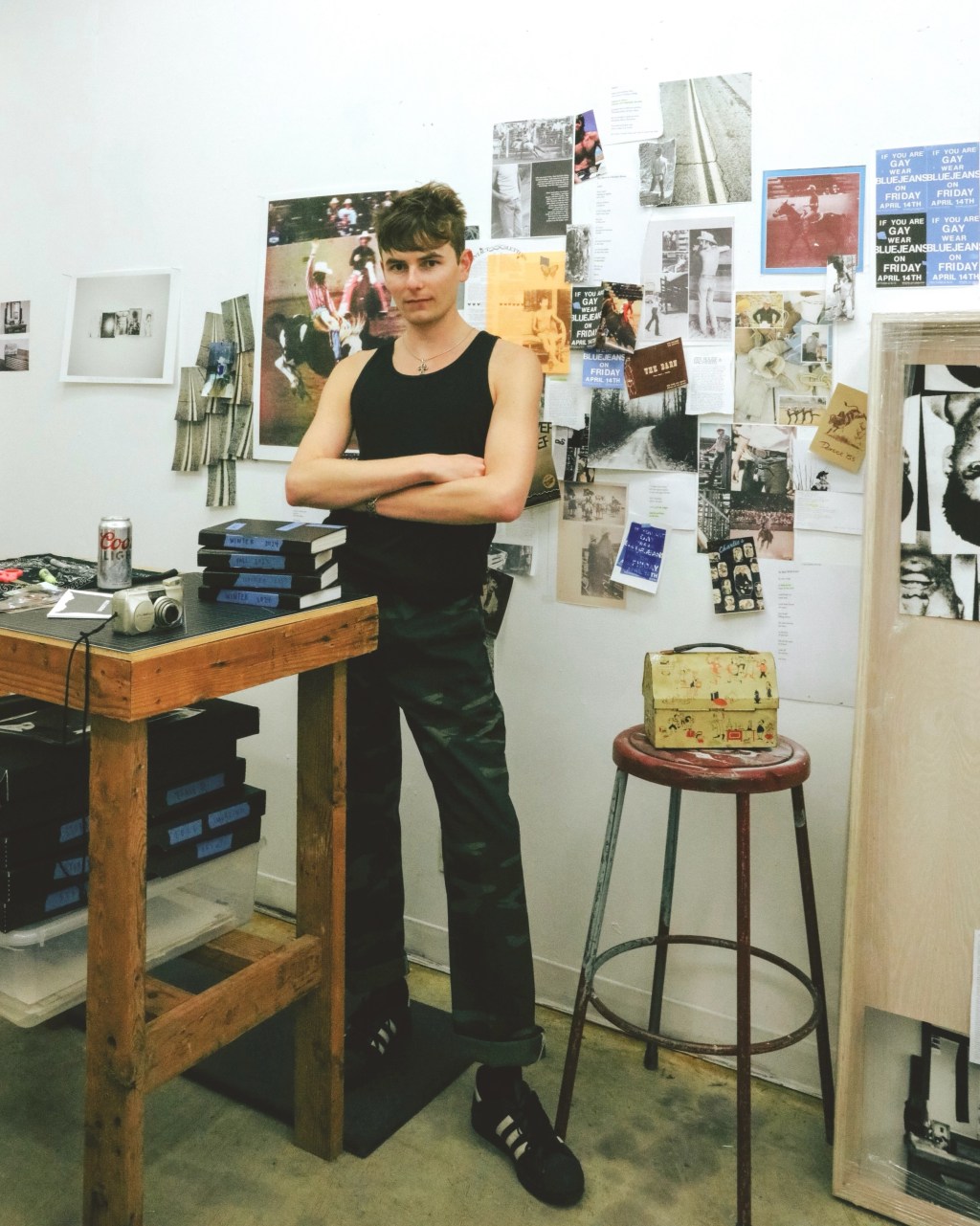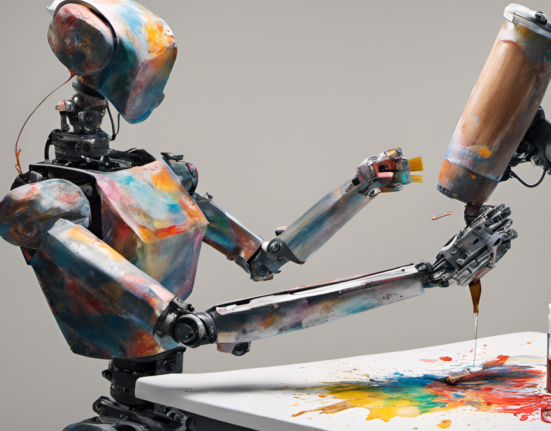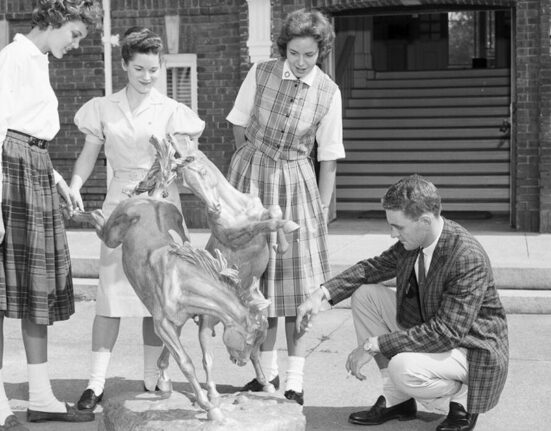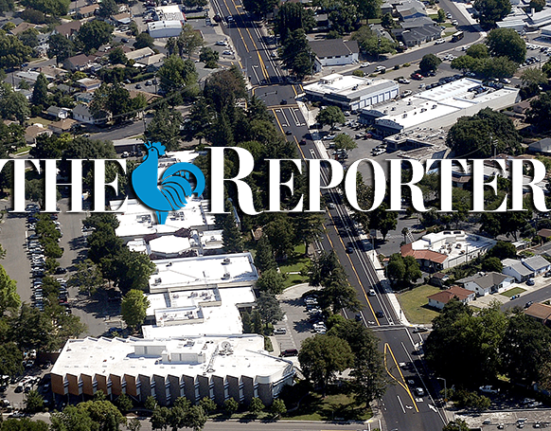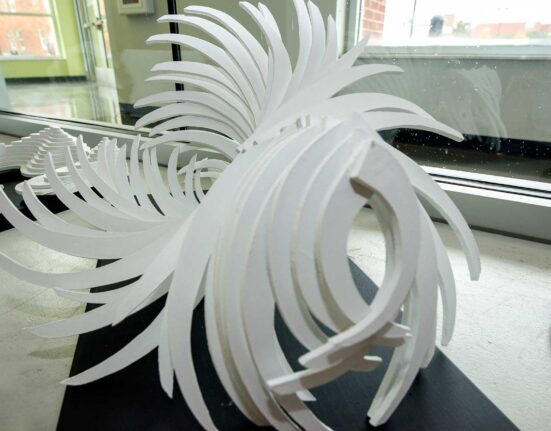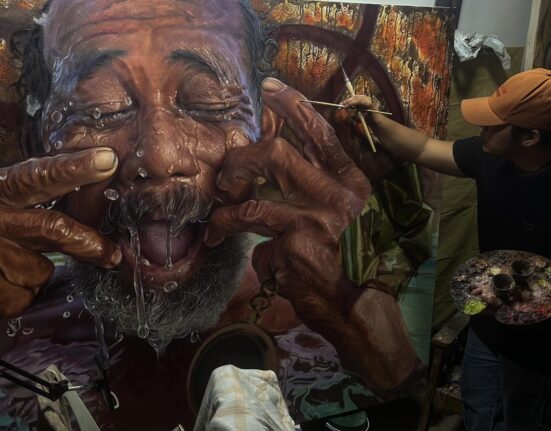When Nathan Storey begins to describe his admiration for printed media — everything from flyers and books to vintage magazines and self-published periodicals — one can’t help but feel a mix of puzzlement and respect.
“I’ve always been very invested in print and image and text,” says Storey, from his North Park apartment. “For me, print has so many different possibilities, all these different processes. Things that were used for so many different social and cultural movements. Something I’ve always responded to was the ephemeral nature of print. Whether it’s Xeroxes that fade and crumble over time or the different textures, I just wanted to lean into that ephemeral value of print.”
There’s a certain level of old-school respectability in seeing an artist whose work explores and incorporates outdated and even endangered forms of media. This is especially true in the case of Storey, who is young enough to not remember a time before computers and digital media. What’s more, Storey’s art involves a methodical and historiological process, wherein he deftly studies and researches archival materials dealing in themes of queer desire and, in a broader sense, existence itself.
“For me, I’ve wanted to explore all sorts of techniques whether it’s as simple as photocopies or screen printing, just so I have that exploration of the whole field of print,” says Storey, who uses various methods of printing and photographic techniques, such as cyanotype, thermal imaging, Xerox and even Polaroids. “I think that having all those different textures and layers is very important because I think that somehow that desire can be transferred and imbued into those prints. I’m still trying to work on that.”
These thematic elements were clearly on display at “As the Sun Wounds the Shadows,” Storey’s recent MFA thesis exhibition at UC San Diego’s Main Gallery. The exhibition combined various series that he has worked on over the years.
His most recent works — such as his ‘Trace and Whispering Behind Closed Eyelids’ series — combine elements of collage, assemblage and photography, reprinted and duplicated numerous times, then reassembled and rejiggered into a sunburst of ephemera. The result is both discombobulating and captivating, chaotic and reposed, with Storey mimeographing historical materials into something altogether contemporary, sublime and deeply personal.
“By doing this, I’ve really been able to explore that intersection between the personal and the collective,” Storey explains. Some of the work originally showcased in the UCSD exhibition, as well as some new pieces and what Storey describes as “outtakes,” will soon be on display at “Room in a Room in a Room,” the inaugural group exhibition opening Thursday at LOS / NR (Level of Service Not Required), a new art space in La Jolla.
“That’s something my practice has always been about,” he continues. “It’s about that longing for an interconnectedness to a queer history or past that I didn’t have.”
Storey explains that he didn’t always feel that sense of “history” or “interconnectedness.” He grew up in what he describes as a very “Christian, conservative pocket” of Houston, Texas, and later moved to Fayetteville, Arkansas, a small city in the northwest part of the state.
“Even as a teenager, I knew I wanted to pursue visual art,” says Storey, who says he quickly moved to New York City to attend NYU after graduating from high school. “I was so lucky once I was in New York to have these queer mentors that were really influential to me.”
Storey goes on to explain that it wasn’t until his time in New York City that he even knew what the HIV virus and AIDS were, and just how devastating it was to the queer community in the 1980s and ’90s. At this point, Storey points out that he was born in 1995, the year that, according to the Centers for Disease Control and Prevention, there were the most reported AIDS-related deaths in the U.S.
“That was not part of my education when I was growing up, especially in the South,” Storey recalls. “So within weeks of being at art school, I was introduced to many of the important artists of the AIDS crisis. I think that learning about these groups of artists who were lost, as well as coming to understand my own sexuality as an 18-year-old, was really a pivotal moment for me. It was both isolating and informative, but has made me focus on research.”
He goes on to explain that within his art, he is, in fact, attempting to explore and even immerse himself within a cultural history that was deprived to him while growing up in the South. And in a time of immense and increased polarization on teaching LGBTQ history in schools, Storey’s experience, and his subsequent artistic practice, offers a unique window into a world of miseducation and representation. His efforts to explore this history has taken him to places as varied as The Fales Library & Special Collections archive of LGBTQ literature and erotica at NYU, to more informal explorations such as sorting through shoe boxes of gay rodeo materials in the basements of queer bars.
“By doing this, I’ve really been able to explore that intersection between the personal and the collective,” Storey says. “That’s something my practice has always been about, that longing for an interconnectedness to a queer history or past that I didn’t have.”
The resulting art is something that’s equal parts personal and historical, documentative but fabricated to the artist’s distinct perspective. Art in the vein and legacy of forbearers such as Félix González-Torres and David Wojnarowicz, but contemporary and contemplative as that of Debbie Grossman, Martine Gutierrez and even novelist Justin Torres.
“I’m constantly blurring both my personal materials — my writing, my journals — with found and collected materials,” Storey says. “It’s almost a 50/50 split, but in terms of seeking out these collected materials, they are collected from the different places I’ve lived. So there is this relationship to place in the work.”
And while Storey doesn’t necessarily see himself as part of a larger movement of young queer artists exploring the past, he does hope his work serves as something both tributary and individualized, and working within “where the personal and history meet,” as he puts it.
“I think in a way, I’ve always tried to link my work to artists that came before me and understanding my relation to them,” Storey explains. “I’ve always thought of it as part of a queer lineage, but now I would say that I don’t know if I’m part of this larger movement. Rather, I would say that I’m interested in these other artists who are looking backward and using materials from the past to make work about our future.”
BIO BOX
Name: Nathan Storey
Born: Houston, Texas
Fun Fact: In addition to continuing his art practice, Storey has also started an independent publishing company called Undertow Editions, which will specialize in limited edition books and prints from “historically underrepresented visual artists who explore and cultivate queer print culture.”
‘Room in a Room in a Room’ Local Group Show
When: Opens with a reception from 6 to 8 p.m. Thursday and runs through July 14. Exhibit hours, noon to 6 p.m. Wednesdays-Sundays
Where: LOS/NR, 7910 Ivanhoe Ave., La Jolla
Phone: (833) 335-6767
Online: losnotrequired.com
Combs is a freelance writer.

